The emerging technologies will make the current technology that we have right now look like child’s play is pushing the boundaries of what’s possible to tackle humanity’s most pressing challenges, from AI revolutionizing scientific discovery to advancements in organ transplantation. These technologies promise to reshape our lives. Let’s explore the top 5 emerging technologies that will change the world forever, but not in a way that we might expect.
1. Artificial General Intelligence
Artificial General Intelligence, often referred to as AGI, is the concept of a machine with the ability to understand, learn, and apply its intelligence to solve any problem, much like a human being. Unlike narrow AI designed for specific tasks, AGI would have the capacity to handle a wide range of cognitive tasks and adapt to new situations autonomously. Significant rights are being made in AGI research by leading organizations, such as OpenAI and Google DeepMind.
One approach is deep learning and neural networks, which mimic the human brain’s structure and function. Researchers are expanding these models to handle more complex abstract tasks beyond pattern recognition and data processing. Another interesting development in the field of reinforcement learning is where AI systems learn to make decisions by trial and error, receiving rewards for successful outcomes.
This approach is a potential pathway toward developing more general problem-solving capabilities in AI. Looking into the future, the evolution of AGI could have implications. If achieved, AGI could perform a wide range of tasks, from complex scientific research and medical diagnosis to creative art and decision-making.
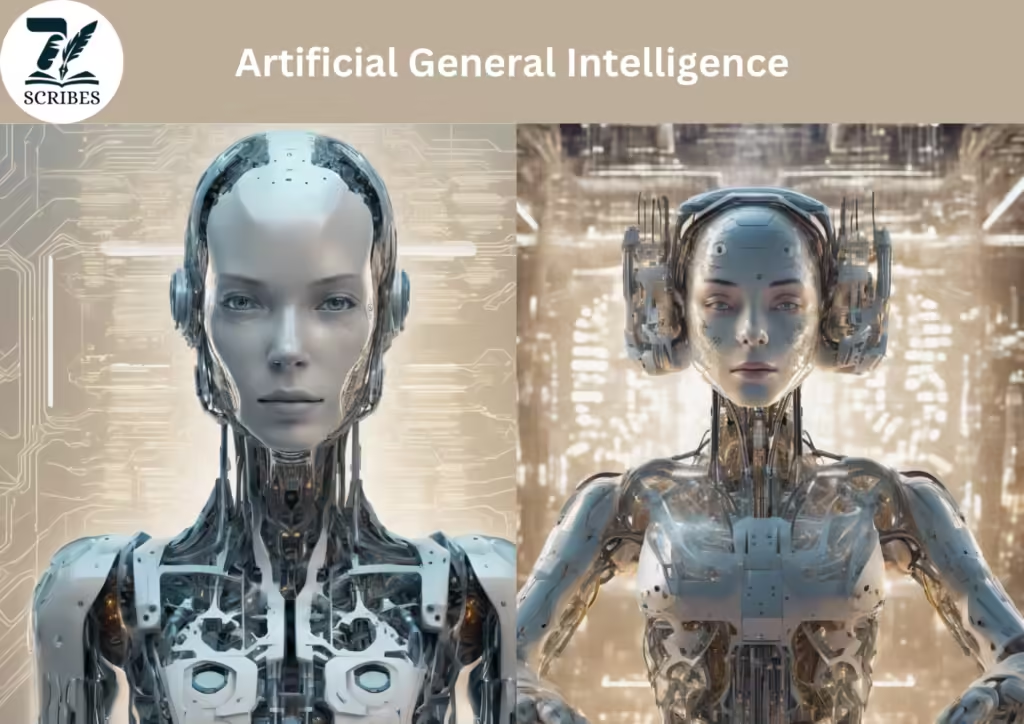
2. CRISPR Gene Editing
CRISPR gene editing, a revolutionary technique in biotechnology, has made significant advancements, particularly with the advent of CRISPR Cas9 technology. Gene editing works by precisely altering the DNA of a cell or organism. CRISPR Cas9, the most widely used gene editing method, functions like molecular scissors. It uses a guide RNA to identify the specific DNA sequence to be edited and the Cas9 enzyme to cut the DNA at that exact spot. This allows scientists to remove, add, and replace specific genetic sequences, effectively modifying the genetic code.
One of the most exciting current advancements in gene editing is its application in medical research and treatment. Scientists are using CRISPR to correct genetic defects in animal models, offering hope for the treatment of genetic disorders in humans. Such as cystic fibrosis, sickle cell anemia, and molecular dystrophy.
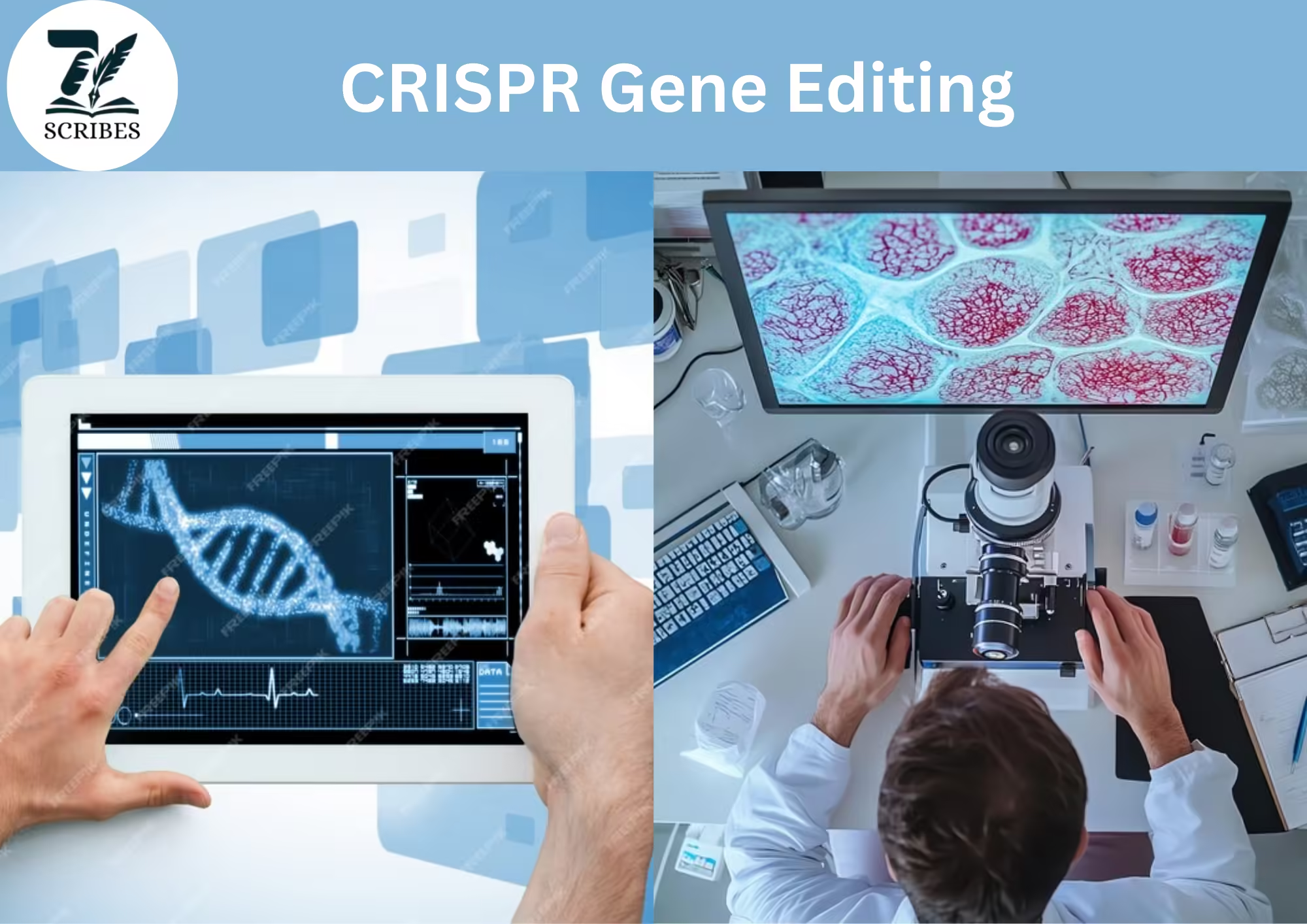
3. Humanoid Robots
Current advances in human robotics are pushing the boundaries of what these machines can do, making them more versatile, interactive, and human-like. Humanoid robots designed to resemble and mimic human body structure and behavior have seen significant improvement in their mechanical design, sensory inputs, and cognitive processing abilities. One of the key advancements is in their movement and balance.
Modern humanoid robots use a combination of sensors, actuators, and complex algorithms to achieve a human-like gait and balance, allowing them to navigate various terrains and even perform tasks like climbing stairs or doing back flips. It is expected that Boston Dynamics and Tesla will continue to be dominant forces in the realm of advanced robotics for the foreseeable future.
Another area of progress is in artificial intelligence and machine learning, which enable humanoid robots to interact with humans in more natural and intuitive ways. They can recognize faces, interpret speeches, and respond to verbal commands. Sophia and Ameca stand out as some of the most renowned robots equipped with these capabilities.
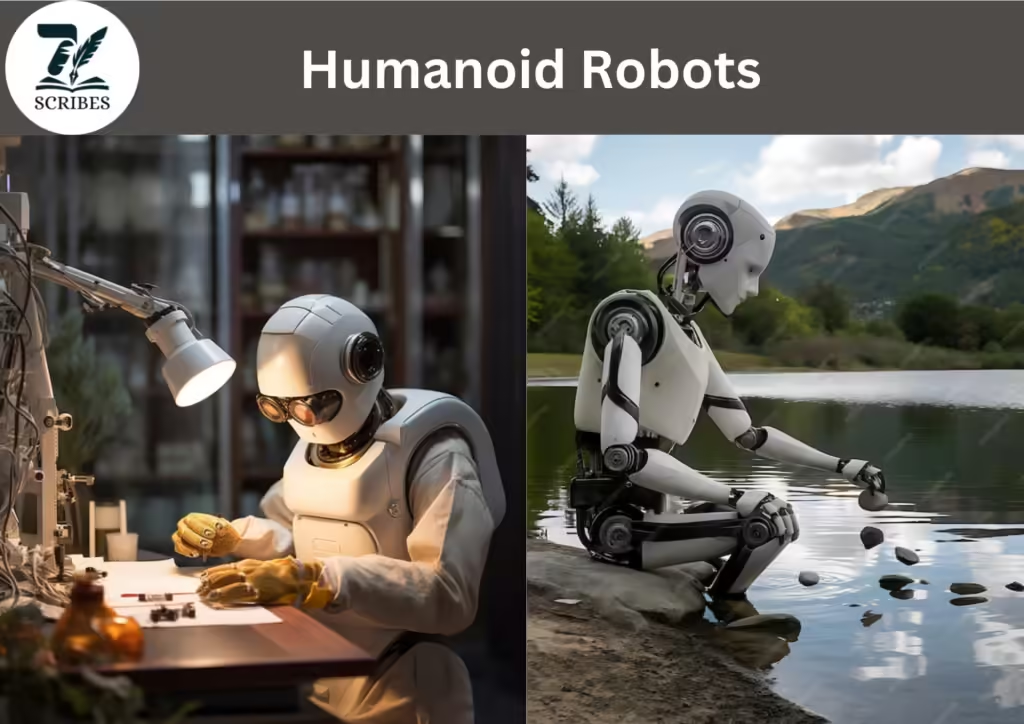
4. Artificial Wombs
Artificial wombs, also known as exo wombs, represent a groundbreaking development in reproductive technology and neonatal care. Currently, the most significant advancements in these fields are centered around creating environments that can support the development of premature babies outside the human body. These artificial wombs aim to mimic the condition of natural wombs as closely as possible. They typically involved a biobag filled with a fluid similar to amniotic fluid, providing nutrients and oxygen while removing waste.
The goal is to provide a more controlled and stable environment for premature infants, improving their chances of healthy development. The working principle of an artificial womb is to replicate the physiological conditions of a natural uterus. This includes maintaining the appropriate temperature, humidity, and fluid composition, as well as providing the necessary mechanical support and protection. Researchers are also exploring ways to stimulate the maternal placental interface, ensuring that the fetus can receive the right balance of nutrients and hormonal signals for proper growth.

5. Nanotechnology
The manipulation of matter on an atomic or molecular scale has been a significant advancement in recent years, opening up a myriad of possibilities across various fields. This technology works by controlling materials at the nanoscale, typically less than nanometers in size, to create new structures, materials, and devices. At this scale, materials can exhibit different physical, chemical, and biological properties compared to their larger-scale counterparts. Enabling unique applications, one of the most exciting current advancements in nanotechnology is in the field of medicine.
Researchers are developing nano-scale drug delivery systems that can target specific cells or tissues, such as cancer cells, improving the efficiency of treatments while minimizing side effects.
Another significant development is in the creation of nanomaterials with extraordinary properties, like graphene, which is a single layer of carbon atoms arranged in a two-dimensional honeycomb lattice. Graphene is renowned for its strength, flexibility, and conductivity and its finding applications in electronics energy storage and even water filtration.
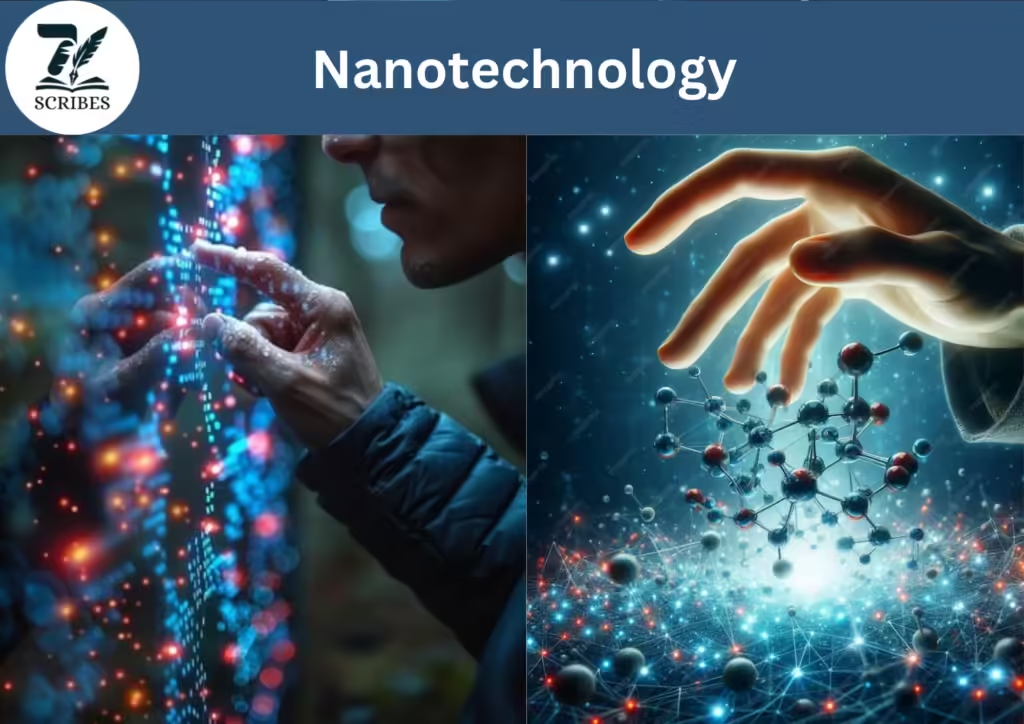
Our Latest Posts:

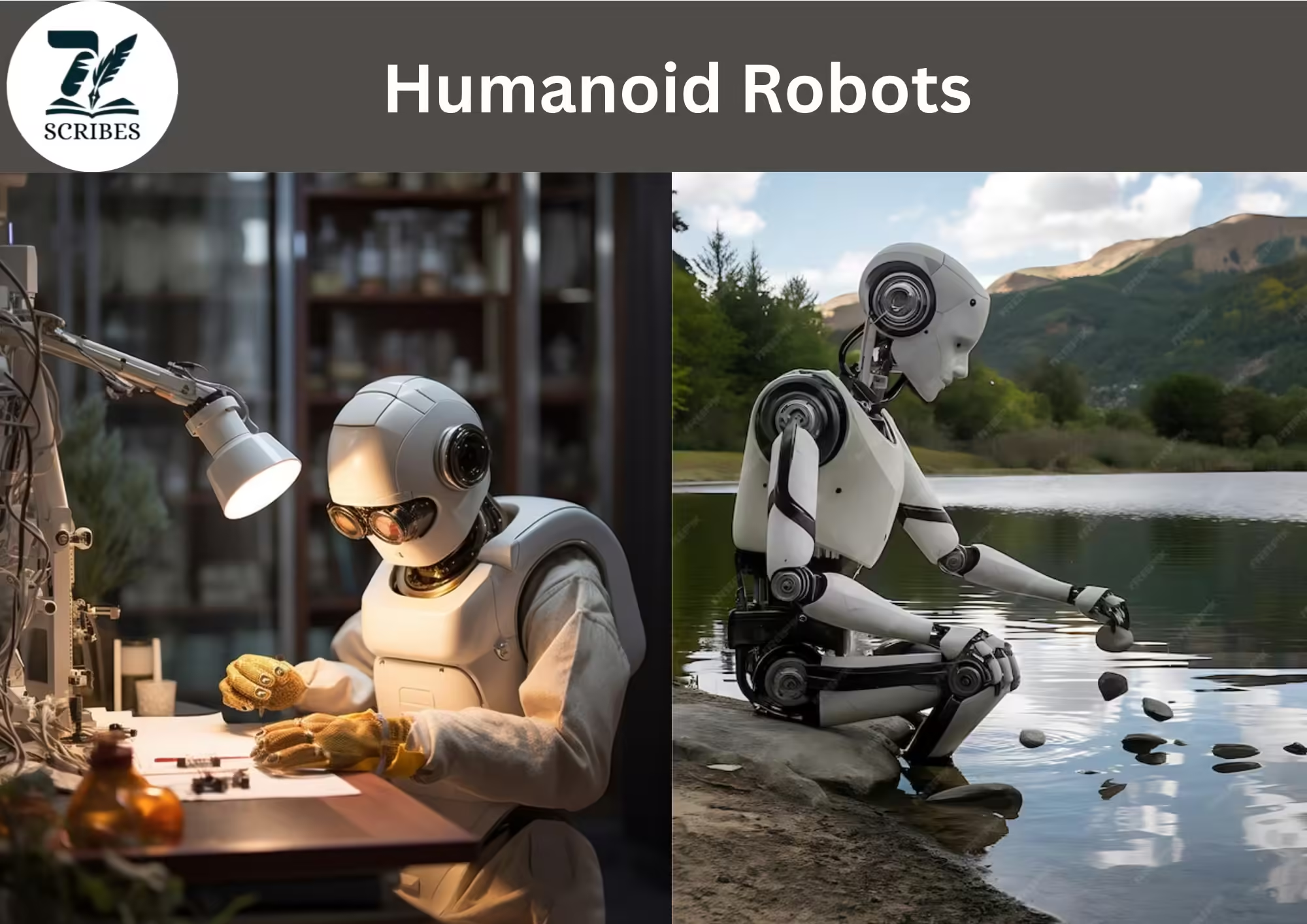


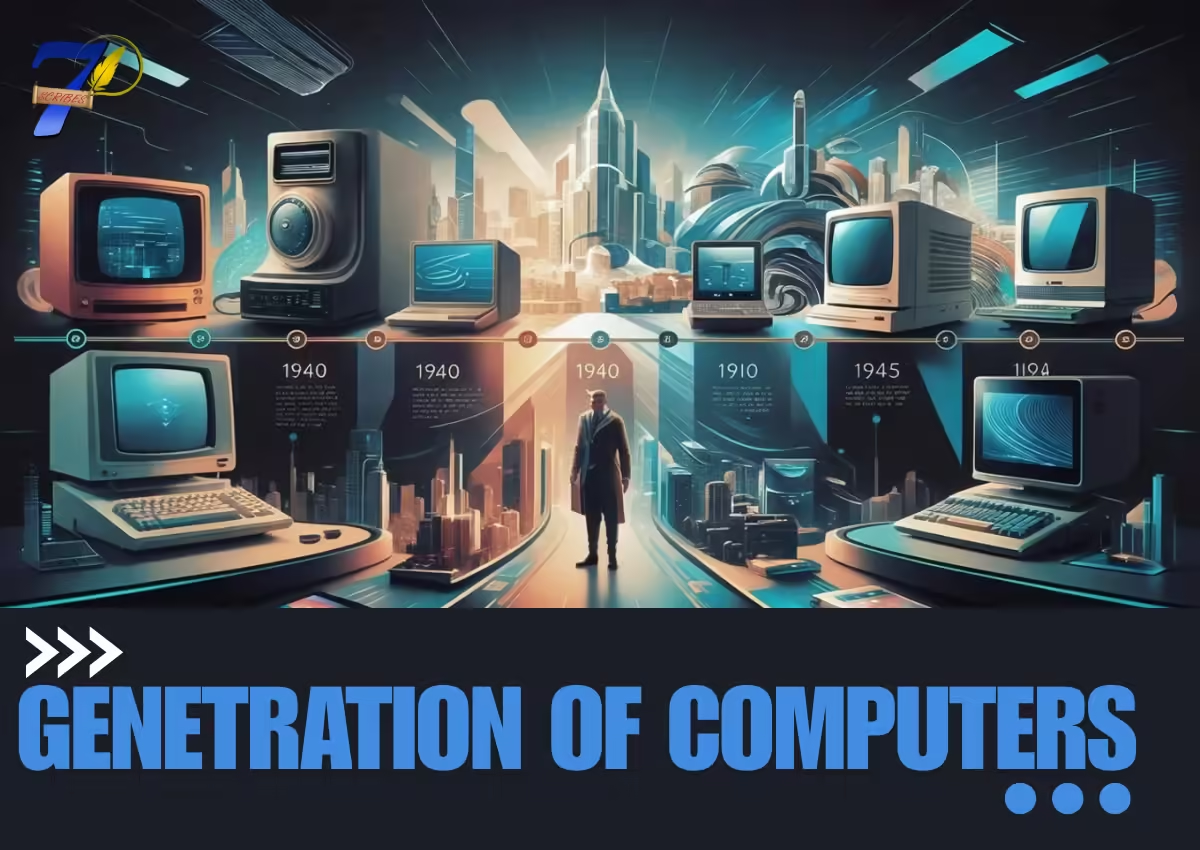


I just like the helpful information you provide in your articles
Good post! We will be linking to this particularly great post on our site. Keep up the great writing
Thank you for your precious acknowledgement.
My sincere thanks to the creator of this website for sharing such a fantastic piece of writing. It’s rare to encounter content that is both so well-researched and presented in an accessible manner. My genuine appreciation for your efforts.
Thanks for your good and precious feedback. Stay Tuned and connected.
For the reason that the admin of this site is working, no uncertainty very quickly it will be renowned, due to its quality contents.
This is gold! Seriously, thank you for sharing your wisdom.
Awesome! Its genuinely remarkable post, I have got much clear idea regarding from this post